c/o Indeed.com
I don’t usually give any advice unless specifically asked for, but after yesterday's blog post I thought it necessary to follow up with some key drivers for personal growth.
- Take care of your appearance; it shows respect for yourself and others.
- Define and pursue meaningful goals.
- Don’t give up at the first obstacle.
- Commit to ongoing self-improvement.
- Build trust and connection through empathy.
- Hold yourself to high standards.
- Learn from “no” without letting it define you.
These drivers aren’t about avoiding failure or discomfort, theyare about meeting it head-on. True growth requires us to risk the “no,” to keep showing up, and to keep becoming someone who is not just capable, but also kind, resilient, and worthy of trust.






















